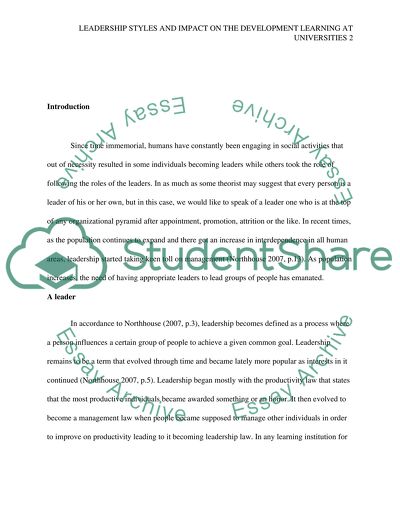Cite this document
(“Leadership Styles and its impact onThe Development Learning at Literature review”, n.d.)
Retrieved from https://studentshare.org/education/1396302-leadership-styles-and-its-impact-onthe-development
Retrieved from https://studentshare.org/education/1396302-leadership-styles-and-its-impact-onthe-development
(Leadership Styles and Its Impact OnThe Development Learning at Literature Review)
https://studentshare.org/education/1396302-leadership-styles-and-its-impact-onthe-development.
https://studentshare.org/education/1396302-leadership-styles-and-its-impact-onthe-development.
“Leadership Styles and Its Impact OnThe Development Learning at Literature Review”, n.d. https://studentshare.org/education/1396302-leadership-styles-and-its-impact-onthe-development.


